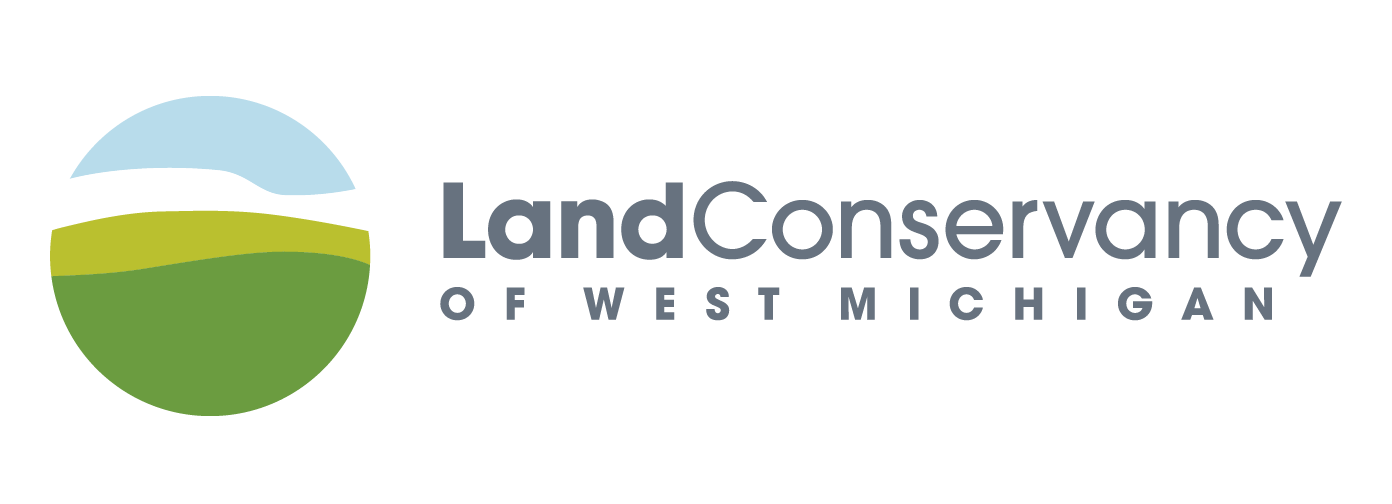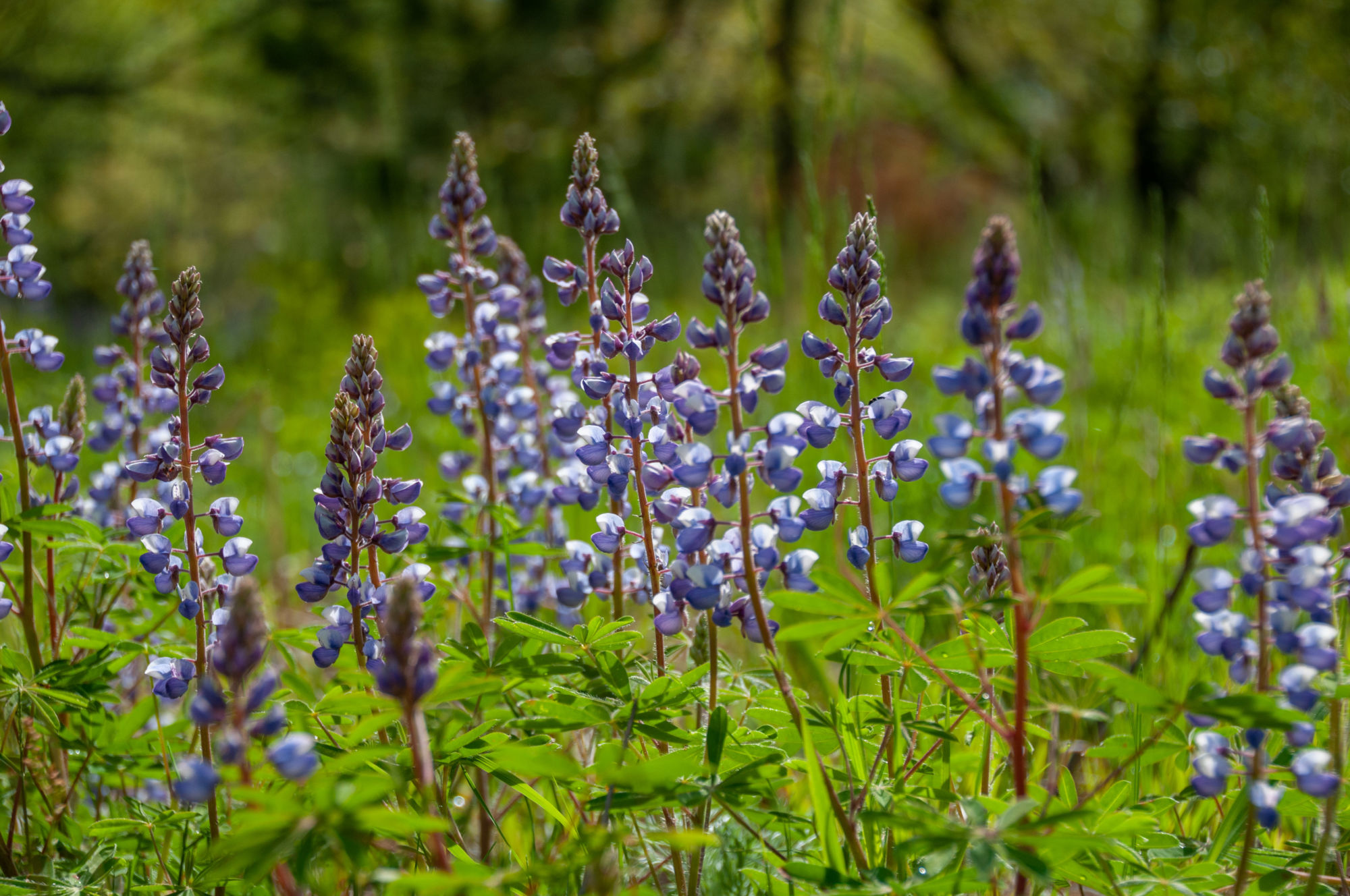Dave Warners and Plaster Creek Stewards demonstrate reconciliation in a West Michigan watershed
Dave Warners was first introduced to the Land Conservancy of West Michigan by way of Lamberton Lake Fen Nature Preserve.
In the early 1990s, Dave was a new arrival in Grand Rapids, having just graduated from his PhD program at the University of Michigan. He had been introduced to April Scholtz, Land Protection Director of the Land Conservancy, then known as the Natural Areas Conservancy of West Michigan, by former board member Randy Van Draght. Hearing that Dave was a fan of wetlands, April took him to visit the conservancy’s newest preserve, which protected a rare prairie fen in urban Grand Rapids. Dave later conducted the preserve’s first botanical inventory, cataloguing a community of species specialized to the damp, alkaline soils that compose the prairie fen.

Dave Warners
He has since served on LCWM’s Land Protection and Project Review Committees and served two terms on the board of directors. Though he has less direct involvement these days, he and his wife are still proud supporters.
“I’m always telling people what an amazing organization the Land Conservancy is,” he said. “We just love the work that you guys are doing.”
Today he is a professor of biology at Calvin University and the director of Plaster Creek Stewards, an initiative of Calvin University that seeks to reconcile relationships between people and the natural world by restoring health and beauty to the Plaster Creek Watershed.
Cleaning up West Michigan’s most contaminated creek is Plaster Creek Stewards’ goal, but the organization recognizes that to do so requires deep community engagement.
“The creek being so messed up is a symptom of problems that are taking place on the land,” he said. “In order to truly clean up the creek, we need to change people’s behavior.”
Plaster Creek Stewards’ teaching method is getting people involved in restoring the health of the creek. The organization hosts volunteer workdays and educational seminars, engages students in research and monitoring of the creek, and implements habitat restoration throughout the watershed. They also partner with community organizations like the Land Conservancy to educate and advocate for the health of the creek and its wetlands.
The work is empowering—it feels good to be a part of positive change in a world burdened by environmental degradation.
“We all need some tangible evidence that our efforts are making a difference. We can give to organizations that save tropical rainforests, and we should, but we don’t see the tangible evidence of those gifts,” Dave said. “But we can do that when we invest locally.”
Beyond Restoration: Reconciliation
Dave and co-author Gail Gunst Heffner, Emerita Professor at Calvin University and co-founder of Plaster Creek Stewards, recently published a book about the Plaster Creek Watershed and the work of Plaster Creek Stewards. “Reconciliation in a Michigan Watershed: Restoring Ken-O-Sha” tells the story of how Plaster Creek became West Michigan’s most-contaminated waterway and argues that an attitude of reconciliation—with people and with the natural world—is the way to make progress.
The Ottawa called Plaster Creek “Ken-O-Sha” (pronounced ken oh shay) or “water of the walleye.” After European colonizers learned of gypsum near the creek, they called the creek by the name of the resource they intended to extract from it. It was just the beginning of a series of painful wrongs against people and the natural world that would lead to the creek’s precipitous decline in health.
 “If we understand some of the history, not only what was done to the creek, but to the Indigenous Ottawa, I think that that whole enterprise of working to reset the creek is just much more meaningful. And I think it’s going to instill much more long-lasting behavioral change,” Dave said.
“If we understand some of the history, not only what was done to the creek, but to the Indigenous Ottawa, I think that that whole enterprise of working to reset the creek is just much more meaningful. And I think it’s going to instill much more long-lasting behavioral change,” Dave said.
The word “reconcile” comes from the Latin word reconciliāre, which means “to make good again” or “to repair.” The word contains both the acknowledgment that something has been harmed or broken and the call to heal. Feeling pain, guilt, anger, and sadness about past and present wrongs is an important part of the process of reconciliation, but the process does not stop there.
“You have to recognize the problem and your complicity. And feel bad about it, that’s the hard part,” Dave said. “But out of that comes a really strong motivation that we can do better.”
Longstanding Efforts, Long-lasting Results
Both the work of restoration and community engagement require years of commitment and consistency, and it takes time to see effects. Now in its sixteenth year, Plaster Creek Stewards is starting to count some victories.
Last fall, Calvin students recorded the first data-supported evidence that creek health is improving.
The students collected aquatic macroinvertebrate samples over five days from both Plaster Creek and Bear Creek, a high-quality trout stream in Cannonsburg. The presence of certain aquatic creatures can indicate how healthy a stream is. This year, when the students ran the statistics comparing both streams, they found no significant difference.
“I said, ‘Wait, you guys must have done the math wrong, let me see,’” Dave said.
When he confirmed their results, he worried that Bear Creek was in decline. So, he decided to compare both samples to samples from both creeks 10 years ago. Bear Creek showed no significant change over 10 years, but Plaster Creek showed a significant improvement: a more diverse community of aquatic macroinvertebrates can be found in West Michigan’s most contaminated creek.
“That’s our first data-supported evidence that the creek might be improving,” Dave said.
Thanks to the organization’s dedication to community engagement, the people involved in Plaster Creek Stewards’ work are likewise increasingly diverse. The group hosts two annual events where they invite the community to hear a lecture and then participate in a volunteer workday at one of the organization’s project sites. Last fall’s event invited the community to hear a discussion between Dave, Gail, and Ron Yob, Chairman of the Grand River Bands of Ottawa Indians, about what do people need to unlearn from a colonial worldview and what to relearn from an Indigenous worldview. The event brought together people from different cultural backgrounds and walks of faith. The workday activities took some attendees to a project site on Plaster Creek located near a mosque.
“The community at the mosque was so excited about this, they prepared a huge meal,” Dave said. “After working hard together planting trees for a couple of hours, we laughed together and told stories.”
It was a moment of witnessing the power of sustained effort at building trust and community.
“This is not any sort of quick fix. It’s about developing relationships with people,” Dave said. “If we’re not on the same page as other people in the watershed, we can’t really hope for a lot of progress.”
But a creek will connect us, one way or another.
“I still haven’t met anybody who is happy with how contaminated the creek is. So many people like to help out to make it better,” Dave said.
And when we work together toward that goal, it can be magical.
“I drove away from that lunch with a very full belly and just wondering ‘does it get any better?’” Dave said.
Learn more about Plaster Creek Stewards at calvin.edu/plaster-creek-stewards
This story was part of our Spring 2025 Newsletter. You can read the newsletter in its entirety here.
Would you like to receive print copies of our newsletter in the future? We mail annual supporters our newsletters twice a year. Donate to the Land Conservancy of West Michigan today, and you’ll be subscribed!




